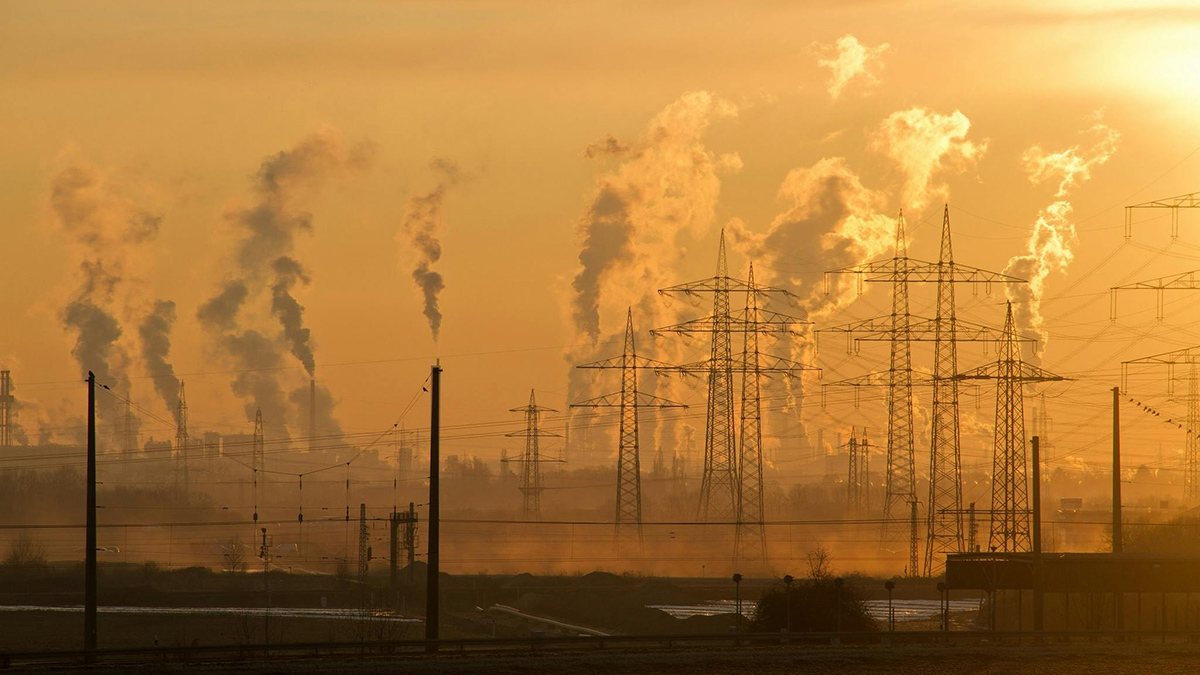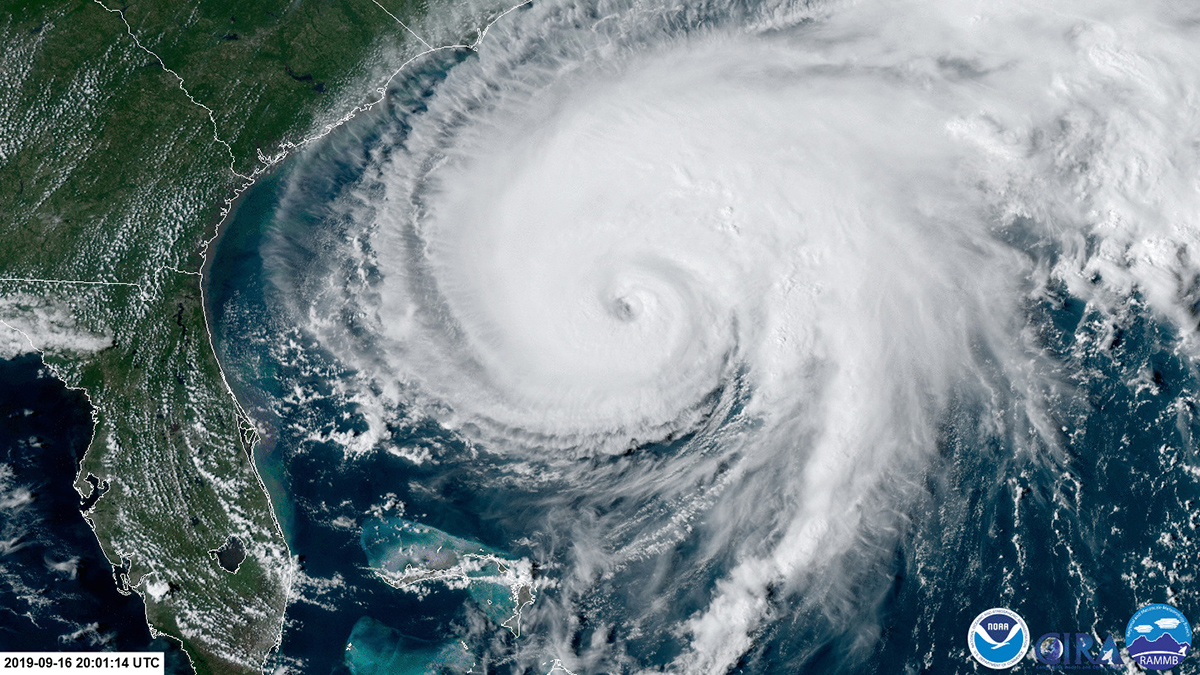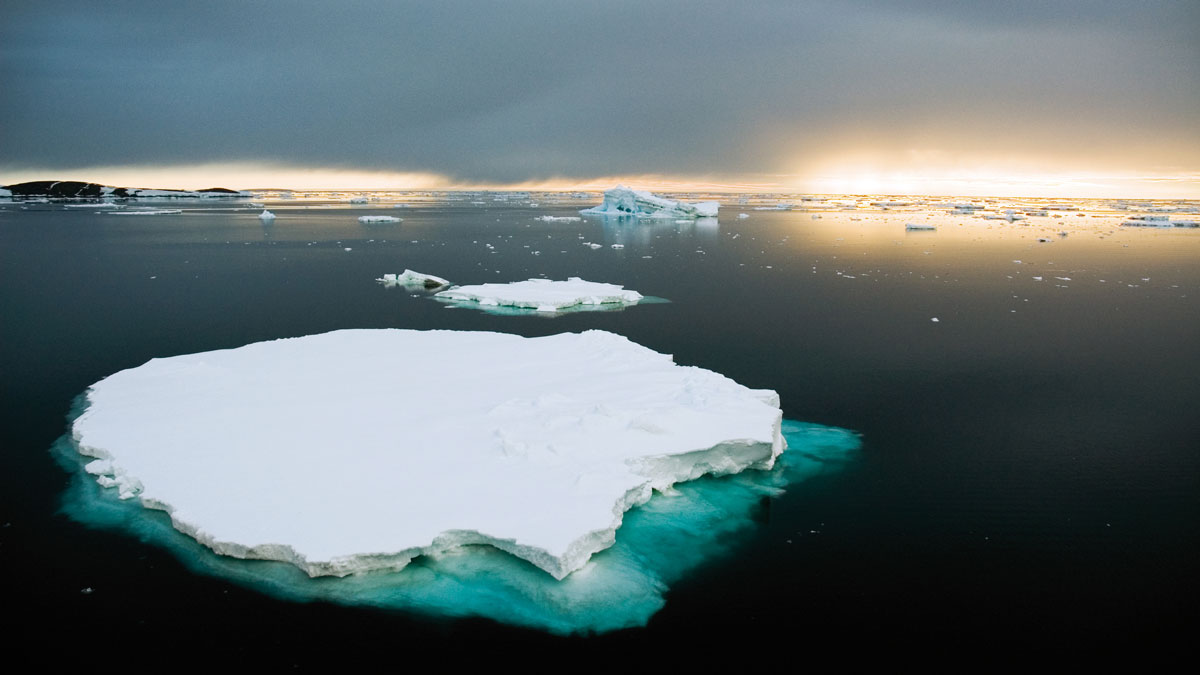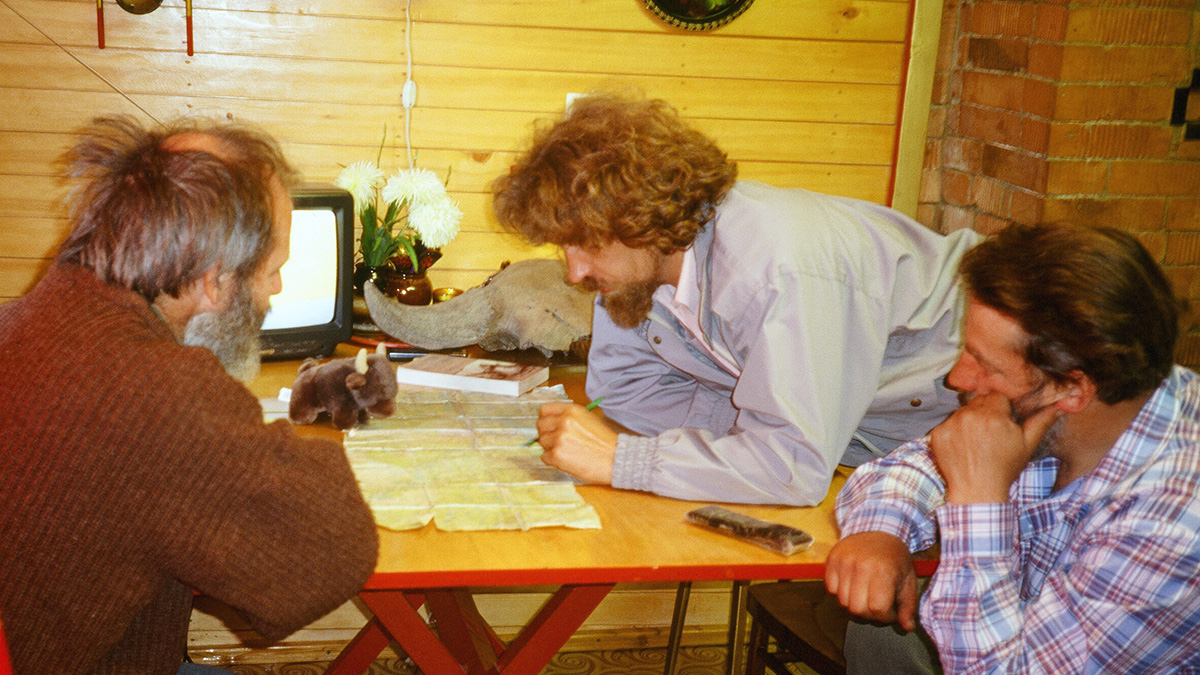A new study delves into 2 decades of data to create a comprehensive quantification of carbon, methane, and nitrous oxide sources and sinks that could help guide climate policy.
carbon emissions
Current Efforts Not Enough to Keep Warming Under 1.5°C
A canyon between current efforts and necessary action means global temperatures are on track to rise far beyond Paris Agreement goals.
Deep Emissions Cuts Still Needed to Prevent the Worst Climate Change Impacts
A new federal report says the effects of human-caused climate change are worsening in every region of the United States, but the technology to address it exists.
Climate Tipping Points Could Be Triggered by “Committed Warming”
Unless we rapidly reach net zero emissions, the climate will inch closer to a point of no return—even after greenhouse gas emissions are reduced.
Adding Oxygen to a Lake to Explore Methane Emissions
A rare whole-lake experiment suggests that in some cases, low-oxygen conditions may have a smaller impact on methane release to the atmosphere than previously thought.
Gently Down the Stream: Carbon’s Journey from Land to Sea and Beyond
Movement of carbon from land to ocean and atmosphere plays an important, but understudied, role in the global carbon cycle.
South American Rainforests Are on the Brink of Becoming Carbon Sources
Plants’ ability to stock carbon ceased during the 2015–2016 El Niño, as temperatures skyrocketed and trees died.
How You Make Money Matters When It Comes to Carbon Emissions
Investment income is associated with more carbon emissions in the United States.
Как необычная дружба разрушила мифы о вечной мерзлоте
“Прекрасные долгие споры” между американским ученым и российским исследователем помогли прояснить несколько фундаментальных предположений о таянии вечной мерзлоты.










